0/5
(0 Reviews)
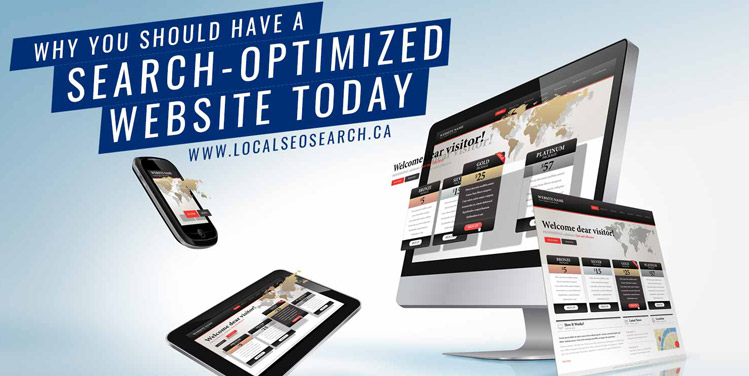

If you’re a modern business, you can’t afford to go without a search optimized website. It doesn’t matter how big or small you are. If you didn’t design your website with search in mind, you’re guaranteed to fall behind your competitors.
Search has a significant effect on buyer behavior. According to Google, 39% of purchasers were influenced by a relevant search. But Google handles at least 2 trillion searches per year. For reference, that’s 63,000 searches per second.
For businesses in Canada and the United States, that means it’s a real challenge to stand out. If you want your website to finally show up in search results, keep reading to find out how.

First, let’s cover the basics. Not every business has a website. This is especially true of smaller businesses. Having a business website is crucial if you want to do any type of digital marketing. For most businesses, all their online marketing strategies point back to their websites. Think of your website as your top salesperson.
Eventually, you want all or most of your leads and potential customers to meet that salesperson. In order to do that, it must be easy for people to find, access, and use your website.
A search optimized website isn’t just heavy on technical search engine optimization (SEO) details. It’s also catered to the user. Search engines are now smart enough to tell whether a website is mobile-optimized, whether it has a simple navigation, and whether people with disabilities can access it easily.
Optimizing your website for search isn’t just important for getting your business found online. It can directly impact the customer experience. A poorly designed website could lead to a high bounce rate, not to mention missed opportunities.
Website design has been an industry for more than 25 years. Ever since the advent of the internet, businesses have taken an interest in it. The very first website (CERN) went online in 1991. Businesses began monetizing their websites as early as two years later. They used landing pages and put their business information up on the web for people to find.
But this was still a niche practice. Most businesses still relied on old-fashioned marketing tactics like cold calling. It wasn’t until the early 2000s, when WordPress arrived, that web design became accessible to more businesses.
Website design has now blossomed into a fully creative and innovative practice. There are entire businesses devoted to the discipline. And businesses have realized the importance of their own websites.
But just having a website is no longer good enough. Millions of web pages are created every day. If you want to stand out against your competitors in cyberspace, you need to optimize for search engines and create an expert website design.

WordPress and Wix are both content management systems (CMS). WordPress website design is relatively easy. You don’t need to rely on services of web development Toronto businesses often use to build your WordPress site. But if you want your site to convert Canadian customers, you may need the help of a web design company in Canada.
WordPress websites are popular. In fact, 30% of all the websites online now run on WordPress. Entire books have been written about WordPress web design. But here’s how to do it in a few easy steps:
There will be much more to your business website. But these are the basics.
The process is similar on Wix. Wix doesn’t allow for as much customization as WordPress, but it’s easier for non-technical people to use. Wix uses a drag-and-drop design tool that lets you customize the look and feel of your website.
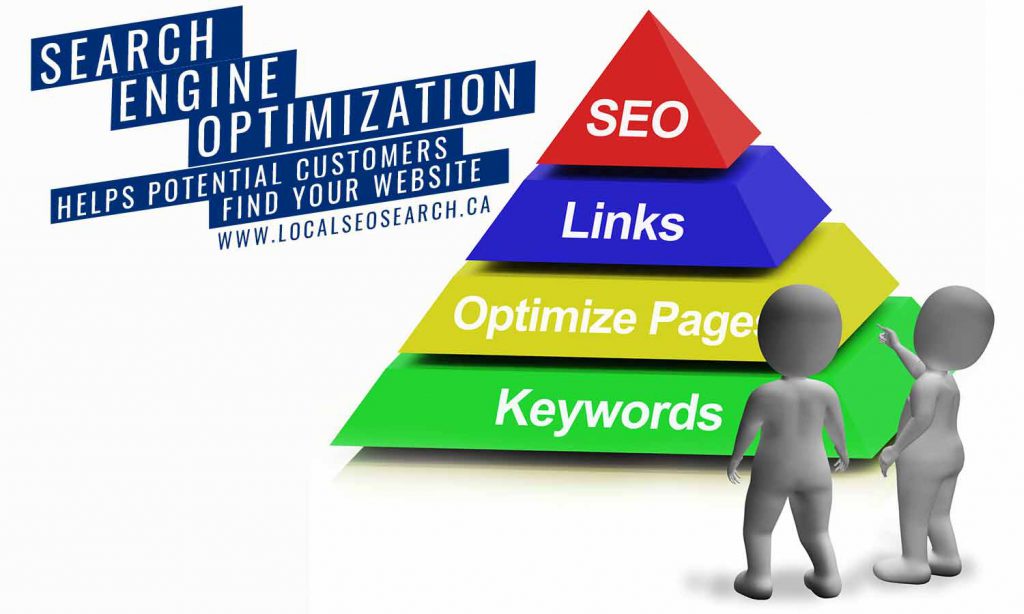
Search engine optimization is a process that helps your website rank higher on search engine result pages (SERPs). You should optimize every page on your website for search, even your home page. Each page has a sequence of SEO attributes that must be addressed, including your blog posts. If you leave these attributes blank, it will have a negative influence on your entire domain:
The title tag, or SEO title, is one of the first things search engines see when they crawl your web page. It’s also what will appear to searchers on SERPs. Typically, your title tag will be the title of the page. For example, if you write a page entitled, “SEO in Toronto,” that should be your title tag.
 It’s important to incorporate keywords into your title tag. This makes it more likely that your page will show up in relevant search results.
It’s important to incorporate keywords into your title tag. This makes it more likely that your page will show up in relevant search results.
Header tags tell search engines how your web pages are structured. The most important SEO attribute on your web page is the H1 tag. The H1 tag is often the same as the title tag.
Headers also break up large bodies of text to make your content easier to read. Headers should be structured in a hierarchy. If your title is H1, sub-sections should be H2, sub-sub-sections should be H3, and so on.
Try to include keywords in your headers.
The meta description is a brief synopsis of your web page. It’s what shows up below your title tag in search results. It should tell searchers what they can expect to find on the page.
Your meta description is also an opportunity to use keywords. Search engines will crawl your meta description to determine what your page is about.
The primary purpose of alt tags is to describe images to people who use screen-reading technology. These are often people with disabilities. Search engines will penalize your pages if you don’t have alt tags attached to your images.
In WordPress, you can add alt tags through your image library. Or, you can simply click on the image while in the backend of your page.
You can include keywords in alt tags if possible, but don’t forget their primary purpose. Always write a simple description of the image.
Most SEO experts believe that internal and external linking contributes to search optimization. Internal links are a way of spreading your pages’ authority to other pages. They also provide an easy way for visitors to access additional content.
The relevance of external linking is still somewhat vague. Most agree that it’s important, but there is some debate as to whether it affects your domain authority. Anyone can link to an authoritative website; that doesn’t mean that authority will rub off on them.
Most businesses use external links to cite sources. They can also be used to direct your visitors to useful tools and information. But try not to link to your competitor’s websites.
One thing that is indisputable: inbound links are essential for search optimization. They tell search engines that your website is a trusted resource for others.
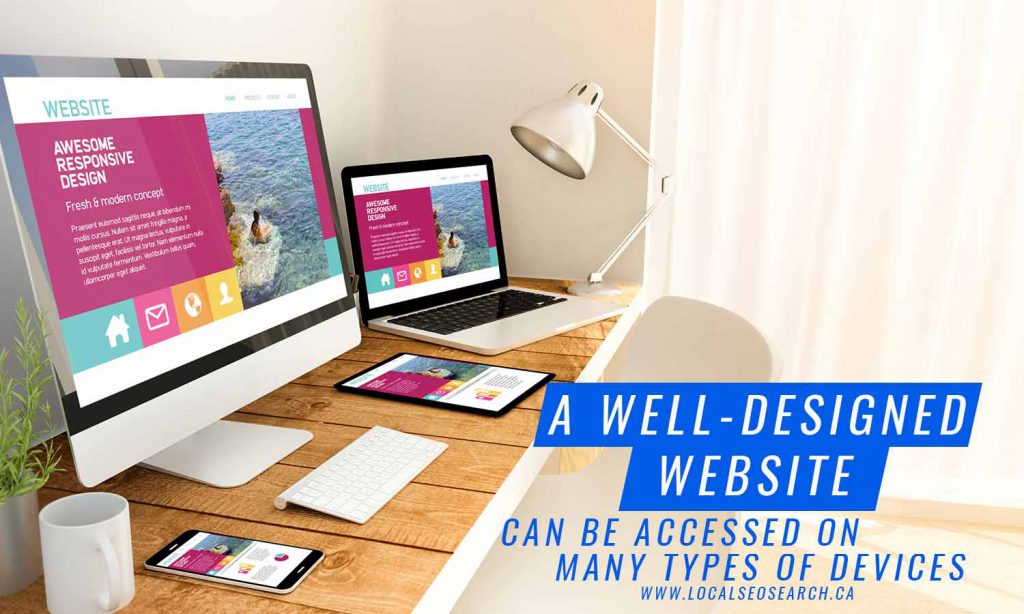
User-friendliness is important for two reasons: It helps your search ranking and it helps your users.
Search engines are now intelligent enough to tell whether your website is user-friendly. They search for characteristics like sitemaps, simple navigation menus, and an absence of errors like broken links.
If you’re doing business through your website, you should take user experience (UX) seriously. A well-designed user interface could increase your website’s conversion rate by up to 400%.
Here are a few ways to make your website user-friendly:
There are other strategies you can use to improve user-friendliness. For example, decreasing the loading time of your pages is important for keeping visitors from abandoning your website. You can compress images or clean up your code to do this.
For fast UX checking, you can use this Chrome Plug-in:
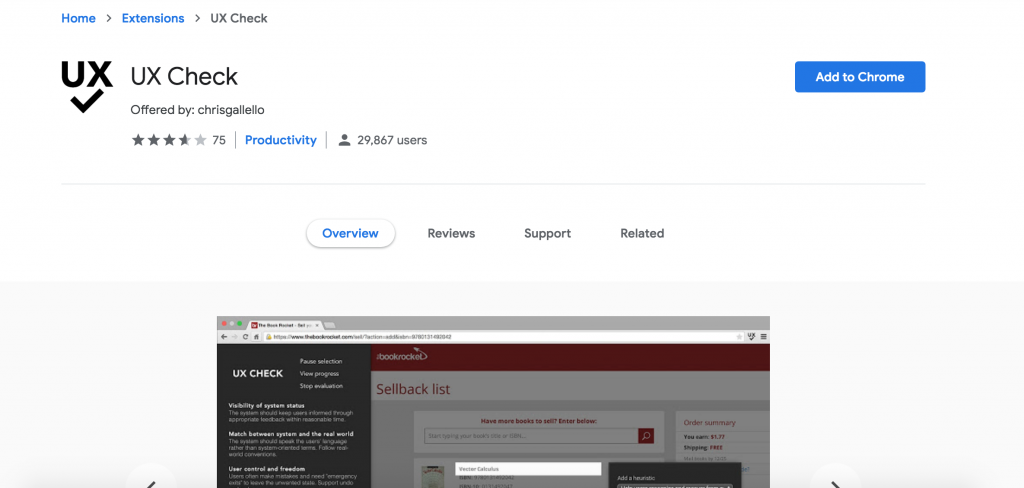
You may download the UX checker tool from their website https://www.uxcheck.co/ and you can read at the lowest part of their website how to use the tool.
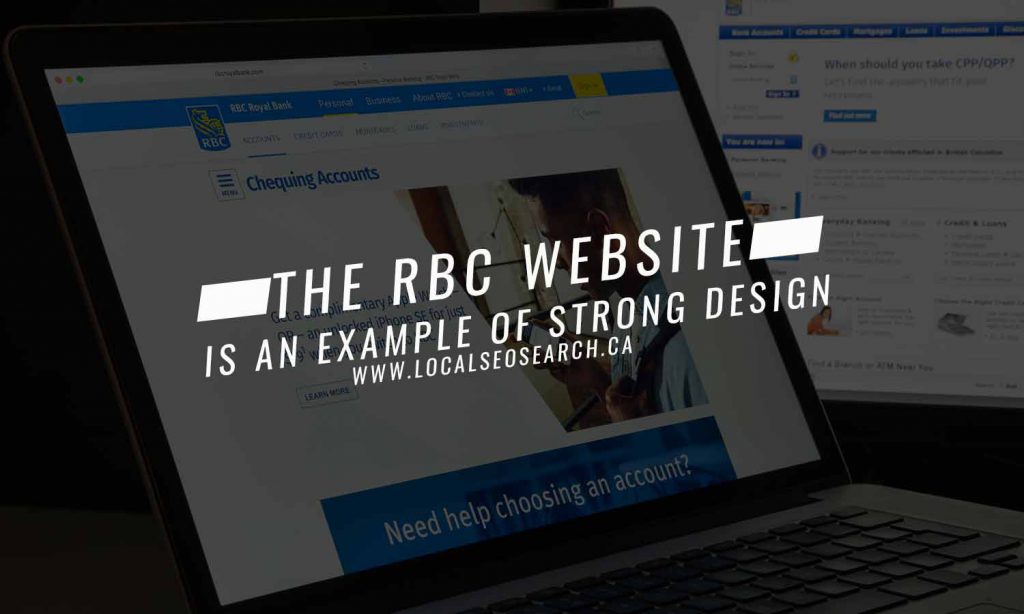
It’s hard to nail down what the best website design for your company should be. In most cases, it’s relative. News websites need a different design than business websites, for example.
However, there are a few Canadian sites that are worth looking at. Use these as examples when designing your own site:
Royal Bank of Canada’s website has a clean interface and plenty of search optimized content. The homepage opens with an inviting image of a family in their living room. This is meant to make visitors feel comfortable, as if they’re right at home.
There is a clear button at the top right encouraging users to sign in. There are also tabs for each of their services, including accounts, credit cards, and loans.
RBC also makes a substantial effort to optimize based on local search. For example, if you enter the website from a U.S. IP address, you’re greeted with an inviting message that says, “Moving or New to Canada?”
Not only is this website optimized for UX, but there is plenty of local-centric content for search engines to crawl and index.
Magna International, Inc.’s homepage greets you with a beautiful header video and a simple navigation menu. It’s clear from the beginning that they prioritize the user experience. But they don’t skimp on content, either.
Their “Insights” tab hosts several compelling content pieces. From future technologies to employee profiles, there’s plenty of content for search engines to index and visitors to explore. They even have a space for press releases.
Each page is optimized for keywords and contains a big, beautiful image.
Roots’ website is fully optimized for English and French speakers and can also be browsed based on location. For example, users can indicate whether they are accessing the site from Canada, the U.S. or the UK. Each location will have a different experience.
Roots uses a simple navigation bar to help search engines understand the purpose of their website. This also makes it easy for visitors to shop. They have a header image that features a call-to-action, encouraging visitors to take advantage of the latest deals.
Each product page has a short product description, sizing options, and several high-quality photos. These are all ideal on-page SEO attributes. They also contribute to the overall health of the website.
If you build a search optimized website, you’ll start getting organic traffic. But it takes a long time to build up a steady flow of organic visitors. In the short term, try to promote your website on your own.
Here are a few ways you can do it:
If you need help attracting visitors in the Toronto area, you can use a web design company Toronto businesses rely on to increase their own traffic.
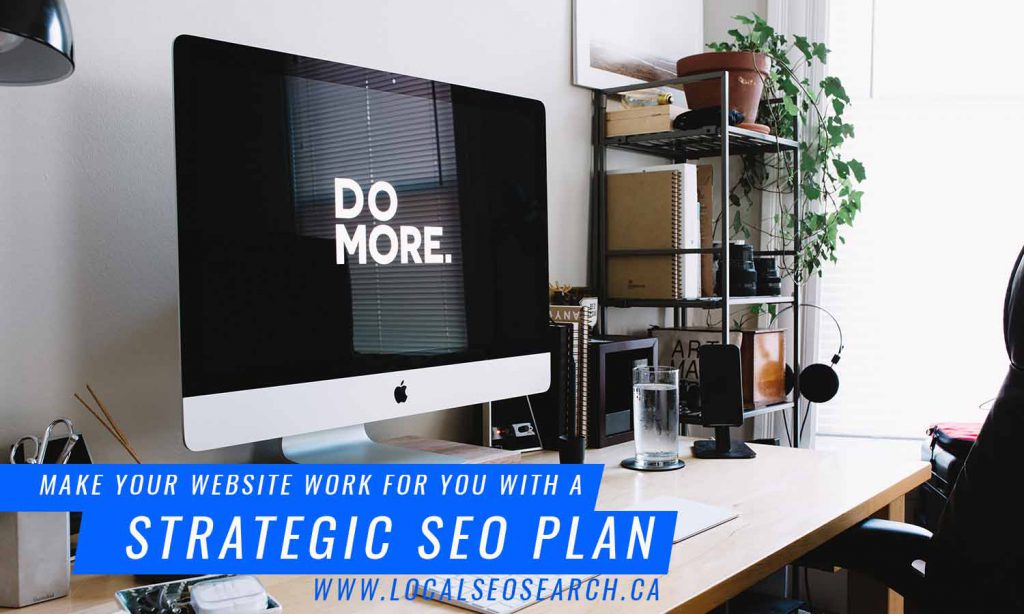
The types of web design Toronto businesses rely on most are typically provided by a Toronto website design company. Website design companies are full of professionals who have years of experience and training. Their SEO experts can help put your website on the map.
Local SEO Search is a web design company Toronto businesses trust to build websites that convert visitors into paying customers or clients. By specializing in full-service search engine optimization services, they also run a top-notch web design agency. Toronto businesses turn to them when they need to reach the top of Google and Bing SERPs.
If you need help building a search optimized website, contact the experts to get started. Meet with the award-winning web agency Toronto businesses turn to, and talk to the pros about your individual website needs.
